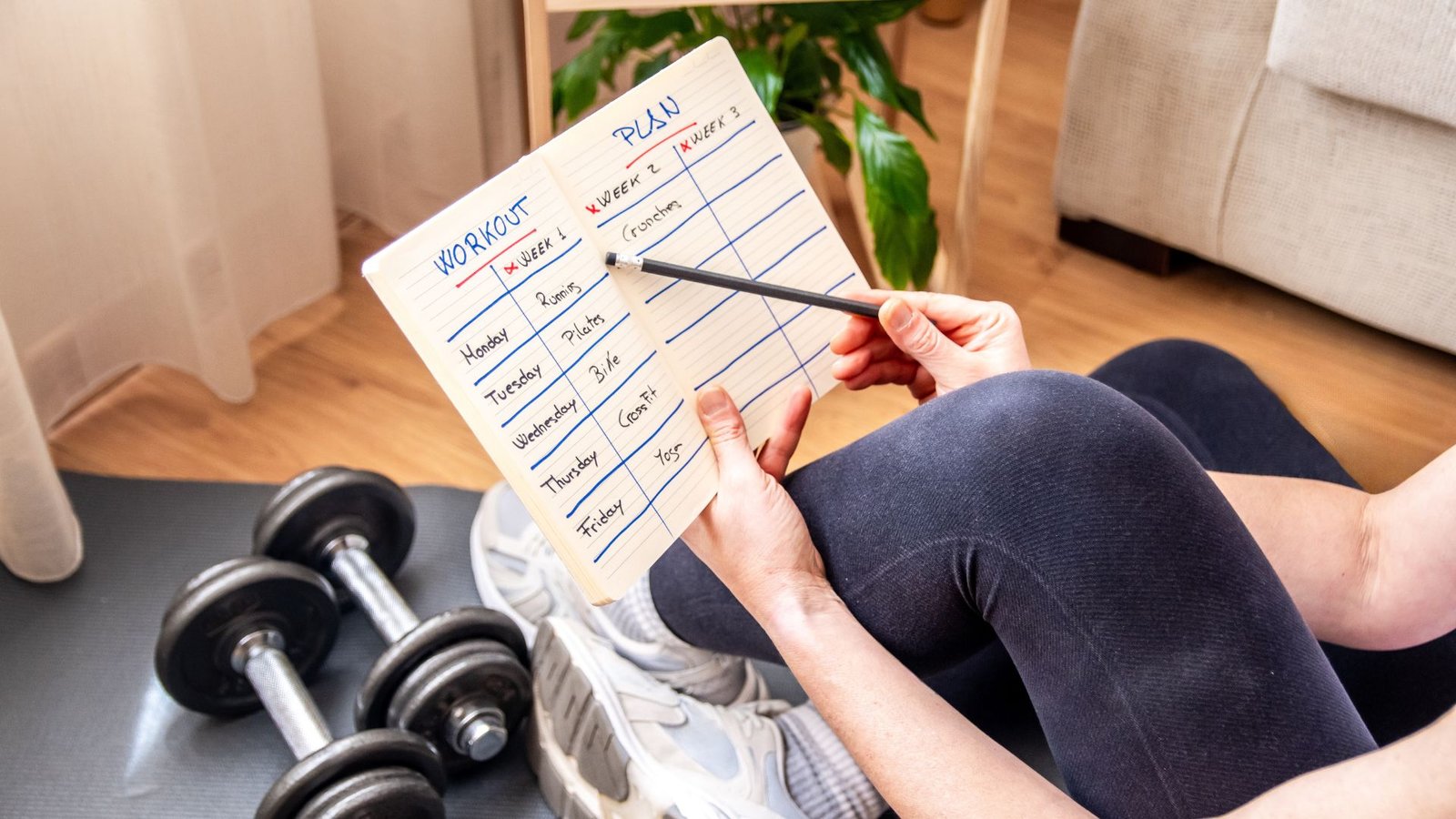If you’ve ever wanted to start exercising but didn’t know where to begin, you’re not alone. Having the right workout plans in place can be the difference between seeing results and feeling stuck. Whether your goal is to lose weight, tone your muscles, or simply feel healthier, a structured plan helps you stay focused and motivated.
Workout plans provide direction, balance, and accountability. Instead of guessing which exercises to do or how long to train, a well-designed plan gives you a roadmap to success. It helps you make steady progress and prevents you from burning out or losing motivation.
Why You Need a Workout Plan
A good workout plan gives your training purpose. Many people start working out with enthusiasm, only to stop after a few weeks because they don’t see results. The reason? They lack structure.
Here’s why having solid workout plans matters:
Consistency: A structured plan helps you stay on track and build a routine.
Progress Tracking: You can measure improvements over time.
Balanced Training: Prevents overtraining one area while neglecting others.
Motivation: Having clear goals keeps you inspired to keep going.
Efficiency: Saves time by eliminating guesswork.
Simply put, workout plans are your personal guide to long-term fitness success.

How to Create Effective Workout Plans
When creating a workout plan, the first step is identifying your goals. Do you want to build strength? Lose fat? Improve flexibility or endurance? Your goals determine the type of exercises, duration, and intensity that will work best for you.
Here’s a simple way to design effective workout plans:
1. Determine Your Schedule
Decide how many days a week you can realistically work out. For beginners, three to four days is a great start. More advanced exercisers may train five or six days a week.
2. Include All Major Muscle Groups
A well-rounded plan should include:
Upper body: Push-ups, pull-ups, dumbbell presses
Lower body: Squats, lunges, deadlifts
Core: Planks, crunches, leg raises
Cardio: Walking, running, cycling, or jumping rope
By training your entire body, you’ll build strength evenly and avoid imbalances.
3. Mix Strength and Cardio
Strength training builds muscle and improves metabolism, while cardio helps burn fat and boosts endurance. Combining both in your workout plans keeps your body challenged and balanced.
4. Plan Recovery Days
Rest is just as important as training. Muscles grow and repair during downtime, so include at least one or two rest days per week in your schedule.
5. Adjust as You Progress
As your body adapts, increase your intensity by adding weight, more repetitions, or new exercises. Progression is key to avoiding plateaus.
Sample Workout Plan for Beginners
If you’re new to fitness, here’s a simple three-day workout plan to get you started:
Day 1 – Full Body Strength
Squats – 3 sets of 12 reps
Push-Ups – 3 sets of 10 reps
Glute Bridges – 3 sets of 15 reps
Plank – 3 rounds of 30 seconds
Day 2 – Cardio and Core
Jumping Jacks – 3 rounds of 45 seconds
Mountain Climbers – 3 rounds of 30 seconds
Leg Raises – 3 sets of 12 reps
Side Plank – 2 rounds per side
Day 3 – Active Recovery
Light yoga or stretching for 20–30 minutes
A walk or slow bike ride to promote blood flow
This routine builds strength, improves endurance, and sets the foundation for long-term success.
Staying Consistent with Your Workout Plans
Starting is easy—sticking to it is the challenge. The key to consistency is making your workouts part of your lifestyle. Here are a few ways to stay motivated:
Set realistic goals: Don’t expect overnight changes. Focus on steady progress.
Track your workouts: Use a journal or app to log your sessions and improvements.
Find what you enjoy: Choose exercises that make you feel good and excited to move.
Celebrate milestones: Acknowledge your progress, no matter how small.
Stay patient: Fitness is a journey, not a race.
Even when life gets busy, short 20–30-minute sessions can keep you moving forward. The more consistent you are, the more natural exercise will feel.
The Benefits of Structured Workout Plans
A consistent workout plan doesn’t just change your body—it transforms your mindset. You’ll develop discipline, focus, and self-confidence as you start to see progress. Physically, you’ll notice better posture, increased energy, and improved strength. Mentally, you’ll feel more relaxed and in control of your health.
Workout plans help you create a sense of balance in your life. They provide stability, routine, and a tangible sense of accomplishment every time you complete a session.
Tips for Better Results
Warm up before every workout to prevent injury.
Stay hydrated and eat balanced meals to fuel your body.
Prioritize sleep and recovery for optimal performance.
Don’t compare your journey to others—your progress is your own.
Remember, the best workout plan is the one you can stick with consistently.
Start Your Fitness Journey Today!
There’s no perfect time to begin—just the decision to start now. Creating and following simple workout plans can help you transform your health, build confidence, and feel stronger every day.
Start small, stay consistent, and watch how your body and mindset evolve. Whether you’re working out at home or in the gym, the most important thing is to keep moving forward.
Take the first step today—your fitness journey begins with a plan, and that plan starts with you!





